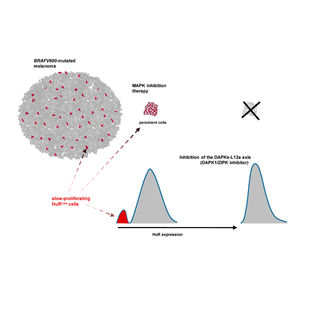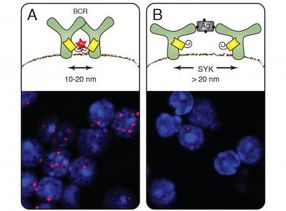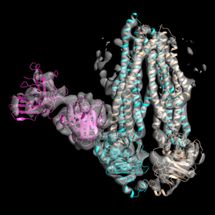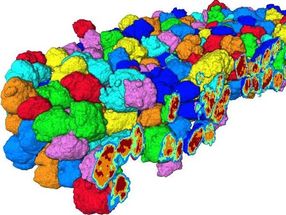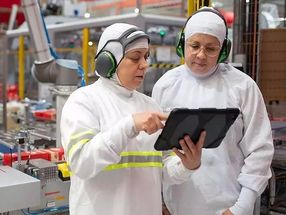Protein Sharpens Salmonella Needle for Attack
A tiny nanoscale syringe is Salmonella’s weapon. Using this, the pathogen injects its molecular agents into the host cells and manipulates them to its own advantage. A team of scientists at the Biozen
Advertisement
A tiny nanoscale syringe is Salmonella’s weapon. Using this, the pathogen injects its molecular agents into the host cells and manipulates them to its own advantage. A team of scientists at the Biozentrum of the University of Basel demonstrate in their publication in Cell Reports that a much investigated protein, which plays a role in Salmonella metabolism, is required to activate these needles and makes the replication and spread of Salmonella throughout the whole body possible.
The summer months are the prime time for Salmonella infections. Such an infection is caused by the ingestion of contaminated food, for instance ice cream or raw eggs, and can cause severe diarrhea. Salmonella can even cause life-threatening illnesses such as typhoid fever.
For several years, Prof. Dirk Bumann, from the Biozentrum of the University of Basel, has been studying the infection mechanisms of Salmonella. Together with his team, he has discovered that the bacterial protein EIIAGlc is not only responsible for the uptake of nutrients, which was previously known, but also plays a central role in Salmonella colonizing the host organism.
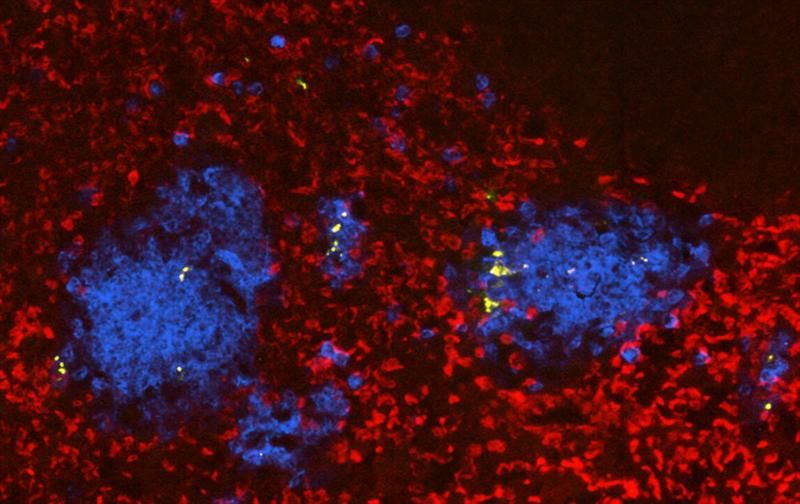
Section of a Salmonella (yellow) infected spleen (red: red blood cells; blue: neutrophils).
University of Basel, Biozentrum
New function discovered for well known protein
Salmonella possesses a sophisticated injection apparatus, the type III secretion system. With this molecular syringe, it injects toxins directly into the host cells. These toxins manipulate host cell processes to create optimal growth conditions for the bacteria in hiding. Unforeseen, Bumann and his team uncovered an important teammate in the infection process, the protein EIIAGlc. The protein was already known for its many functions in bacterial metabolism, such as in the uptake of sugars molecules.
The researchers’ attention was attracted by the fact that when EIIAGlc is defective Salmonella completely loses its capacity for intracellular replication and to spread throughout the organism. Further investigations finally brought the scientists from Basel onto the right track. The protein EIIAGlc docks onto the injection apparatus in the bacterium, stabilizes it and finally activates the release of the toxins. “We can clearly demonstrate that the activation of the secretion system is the main function of the protein EIIAGlc, while the many other described metabolic functions play a minor role in the occurrence of illness”, says Bumann bringing his findings to the point.
Original publication
Alain Mazé, Timo Glatter, Dirk Bumann; "The central metabolism regulator EIIAGlc switches Salmonella from growth arrest to acute virulence through activation of virulence factor secretion."; Cell Reports 2014.



